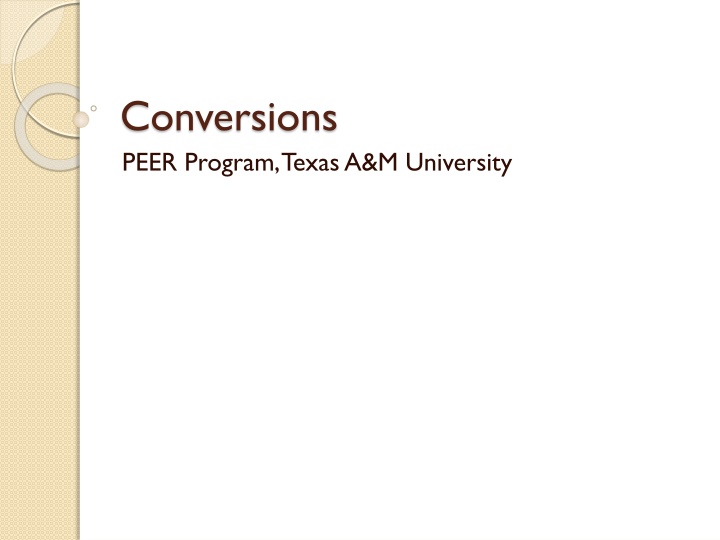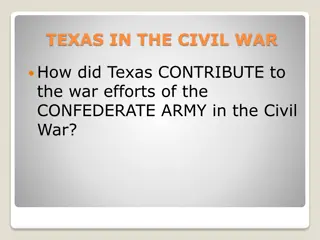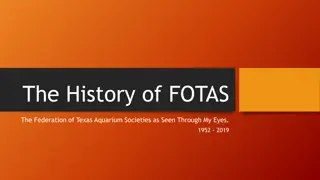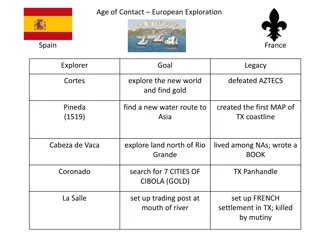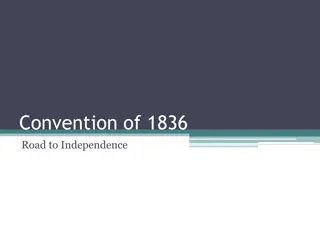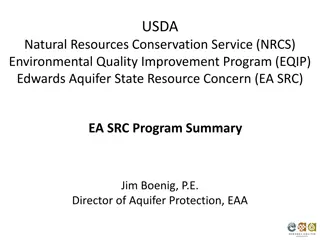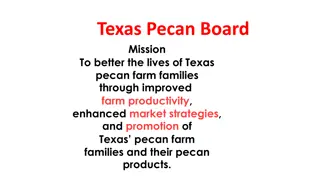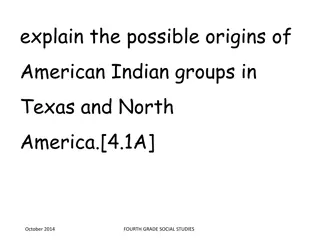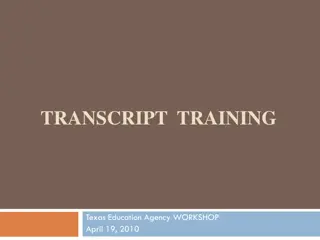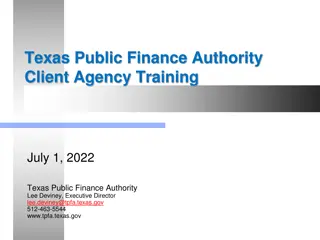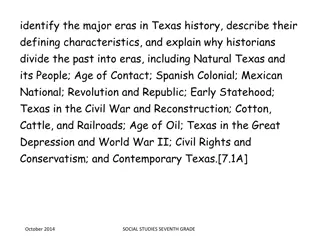ConversionsPEER Program at Texas A&M University
The ConversionsPEER Program at Texas A&M University offers a comprehensive guide on unit conversions for various measurements. Learn how to convert different units of mass and volume using conversion factors and fractions. Explore examples like converting ounces to milliliters and kilograms to pounds, along with common conversion values. Improve your conversion skills with step-by-step procedures and solutions provided in this educational program.
Download Presentation

Please find below an Image/Link to download the presentation.
The content on the website is provided AS IS for your information and personal use only. It may not be sold, licensed, or shared on other websites without obtaining consent from the author.If you encounter any issues during the download, it is possible that the publisher has removed the file from their server.
You are allowed to download the files provided on this website for personal or commercial use, subject to the condition that they are used lawfully. All files are the property of their respective owners.
The content on the website is provided AS IS for your information and personal use only. It may not be sold, licensed, or shared on other websites without obtaining consent from the author.
E N D
Presentation Transcript
Conversions PEER Program, Texas A&M University
Procedure 1. Obtain the starting and ending unit 2. Obtain conversion factor(s) 3. Write the conversion unit as a fraction w/ ending units in the numerator and beginning units in denominator
Procedure (cont.) 4. Multiply the starting measurement and unit by conversion fraction 5. Cancel like units 6. Simplify
Example 1 Dixie is dispensed a 4 ounce bottle of antibiotic. She is to be given a 5 mL dose twice a day. How many mL does this bottle contain?
Solution Starting: 4 ounces, Ending : 1 mL 1 ounce = 30 mL 30 mL/1 ounce 4 ounces X (30 mL/1 ounce) 4 ounces X (30 mL/1 ounce) 4 X 30 mL = 120 mL
Example 2 Dottie is weighed in for his yearly examination. He weighs 13.2 kg. His owner would like to know what his weight is in pounds.
Solution Starting: 13.2 kg, Ending: pounds (lbs) 1 kg = 2.2 lbs 2.2 lbs/1 kg 13.2 kgs X (2.2 lbs/1 kg) 13.2 kgs X (2.2 lbs/1 kg) 13.2 X 2.2 lbs = 29.04 lbs
Common Conversions Units of Mass 1 kilogram (kg)= 2.2 pounds 1 pound = 0.45 kg 1 gram (g)= 1000 milligrams (mg) 1 pound = 453.59 g 60 grains (gr) = 1 dram (dr) 3 teaspoons (tsp) = 1 tablespoon (tbsp) = 1/2 oz = 14.3 g 2 tbsp = 1/8 cup = 1 oz = 28.3 g 4 tbsp =1/4 cup = 2 oz= 56.7 g 5 1/3 tbsp= 1/3 cup= 2.6 oz= 75.6 g 8 tbsp= 1/2 cup = 4 oz=113.4 g 12 tbsp= 3/4 cup = 6 oz= 0.375 pound 32 tbsp= 2 cups = 16 oz = 1 pound
Common Conversions Units of Volume 1 tsp = 5 milliliters(ml) 2 tbsp = 1 fluid ounce (fl oz)= 30 ml 1/4 cup =2 fl oz = 60 ml 1/2 cup = 4 fl oz = 125 ml 1 cup = 8 fl oz =250 ml 1 1/2 cups = 12 fl oz = 375 ml 2 cups or 1 pint = 16 fl oz = 500 ml 4 cups or 1 quart = 32 fl oz = 1000 ml =1 liter(L) 1 gallon = 128 fl oz= 4 L 2 pints =1 quart 4 quarts = 1 gallon
Common Conversions Units of Length 1 millimeter (mm) = 0.001 of a meter (m) 25 mm = 1 inch
Common Conversions Units of Temperature Celcius ( C) and Fahrenheit ( F) C = 5/9 ( F-32) or ( F-32)x 5/9 F = 9/5 ( C) +32 or C x 9/5 + 32
